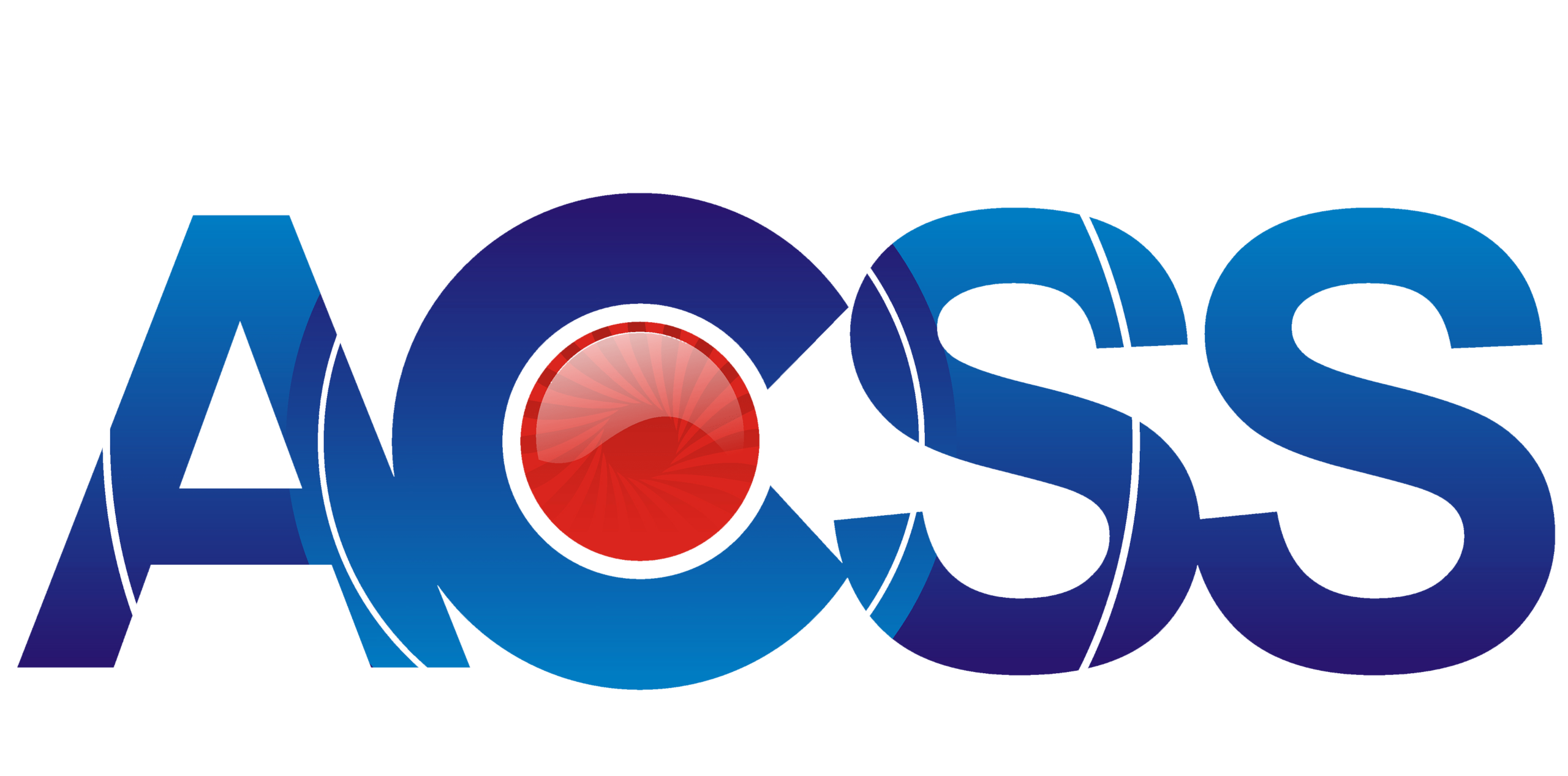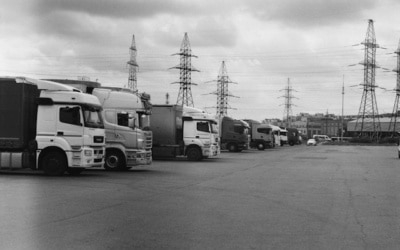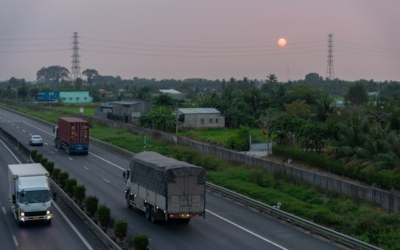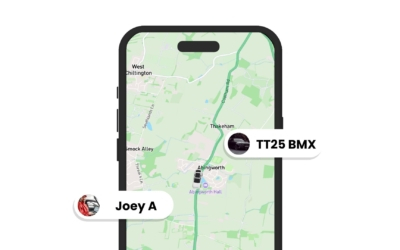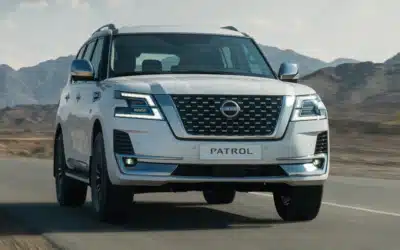TFL-Approved Dash Cams: Traknova + ACSS for Fleets
Introduction
If you manage a fleet operating in London or other regulated urban environments, you already know how quickly a single incident can escalate into a costly insurance claim and reputational headache. That is where TFL-approved dash cameras come into play. In this article we break down why Transport for London approval matters, what the Traknova and ACSS partnership delivers, and how you can deploy a compliant, secure camera solution across your fleet without disrupting operations. Expect practical advice, compliance pointers and clear ROI signals to take back to your operations meeting today.
Why TFL-Approved Dash Cameras Matter for Fleets
What “TFL-approved” Means
TFL approval is more than a badge. It means hardware and installation meet specific standards for reliability, mounting, visibility and data integrity when operating in London’s regulated environment. For fleet managers that operate cabs, delivery vans or service vehicles inside the Congestion Charge and ULEZ zones, it provides assurance that the equipment will function under scrutiny and meet expectations from local authorities.
Safety, Liability, and Reputation Benefits
Dash cam footage shortens investigations and clarifies fault in collisions. That reduces false claims, speeds up claims settlement and can lower insurance premiums over time. But it’s also about driver behaviour: cameras deter risky driving, support coaching conversations and show customers you run a professional, accountable operation. In short, it protects your people, your bottom line and your brand.
Why Traknova + ACSS Partnership Is Significant
The Traknova and ACSS collaboration combines Traknova’s fleet platform and integration experience with ACSS’s hardware quality and compliance pedigree. The result is a turnkey option that addresses both the technical specs required for TFL compliance and the commercial realities of rolling equipment out across dozens or hundreds of vehicles.
Key Features of the Traknova + ACSS TFL-Approved Solution
Hardware Capabilities
The cameras supplied through this partnership are built to capture clear evidence in complex urban lighting and weather conditions. Expect features like high dynamic range imaging, multiple lens angles, robust mounting with tamper resistance and integrated GPS for accurate time-stamping. These points keep footage admissible and useful when you need it most.
Secure Video Capture & Chain of Custody
Maintaining evidentiary integrity is essential. Footage is stored with tamper-evident markers and cryptographic timestamps so you can trace when and how the file was created and accessed. That level of security makes it easier to use footage in formal investigations or insurance disputes.
Compliance, Data Privacy, and Legal Considerations
Regulatory Compliance Beyond TFL
TFL approval is a starting point. If your fleet operates across the UK and EU, you must also align with GDPR and local data protection rules. That means defining retention policies, ensuring secure transfer and taking steps to redact or anonymise footage when necessary. Be explicit in your policies about who can access footage, how long it is retained and how it is protected at rest and in transit.
Driver Privacy & Policy Considerations
Privacy is not optional. Put clear policies in place, signpost cameras in vehicles and brief drivers on how footage is used for safety and investigations, not micromanagement. Consider a simple consent process during onboarding and make sure drivers know the escalation path if they have concerns.
Evidence Handling & Incident Workflows
Define a workflow from event capture to resolution. Who reviews clips, how are decisions recorded, and when is footage shared with insurers or authorities? Standard operating procedures reduce ambiguity, speed response and ensure every incident is handled consistently and legally.
Integration, Deployment & Fleet Management Workflow
Connectivity & Telematics Integration
Traknova’s platform integrates camera events into wider fleet telematics so incidents are seen alongside vehicle speed, route and driver ID. That combined picture is powerful when reconstructing events or assessing driver coaching needs. If you already use a telematics provider, check for open APIs and integration options to avoid data silos.
Installation, Fleet Rollout & Maintenance
Start with a pilot. Fit cameras to a representative subset of vehicles and measure uptime, false positives and driver feedback. From there, phase the rollout, standardise mounting locations and centralise firmware updates. This reduces fitment errors and ensures all vehicles meet the same standard for evidence collection.
Training & Change Management
Technology adoption is as much about people as devices. Train drivers on what triggers an event and teach ops teams to triage clips effectively. Regular reviews with drivers turn footage into coaching opportunities rather than punishments, and that shift improves behaviour over time.
Mid-article CTA
If you want to see how these cameras work in a live environment, book a demo with Traknova and we’ll walk you through installation, evidence handling and the telematics integration step by step. Seeing it live makes decisions easier and faster.
Operational Impact and ROI for Fleet Managers
Cost Savings from Reduced Claims & False Liability
Dash cam evidence shortens claim cycles and reduces payments on spurious claims. Over time that lowers insurance premiums and administrative costs. For many fleets, the combined savings from fewer settlements and faster resourcing decisions justify the investment within 12–24 months.
Metrics to Track Success
Measure incident rate per 1000 miles, time-to-resolution for claims, percentage of incidents with corroborating footage and driver score improvements after coaching. These KPIs turn camera deployments from an operational expense into a measurable performance programme.
Purchasing & Financing Considerations
Evaluate total cost of ownership, including subscription fees, installation and support. Decide whether to capitalise hardware or take a subscription model that bundles hardware, connectivity and cloud storage. Traknova can help model a TCO analysis that aligns with your finance team’s expectations.
Conclusion
Adopting TFL-approved dash cams through the Traknova and ACSS partnership is a practical step for fleet managers who need compliant, reliable evidence capture in urban environments. The combination of robust hardware, edge processing and secure handling means fewer disputes, better coaching outcomes and real operational savings. If London is a core part of your operation, compliance is not optional; it is a business enabler.
FAQs
Q: Are TFL-approved dash cams legal across the UK?
A: Yes, the hardware is legal to use across the UK, but you must still comply with GDPR and local data protection rules regarding retention and access.
Q: Will drivers object to being recorded?
A: Some will. Keep policies transparent, explain safety and coaching goals and offer clear points of contact. Training and communication reduce resistance significantly.
Q: How long is footage retained?
A: Retention varies by policy and use case. A common approach is 30–90 days for routine footage, extended retention for incident-related clips. Make retention policy explicit and defensible.
Q: Can footage be used in court or insurance disputes?
A: Yes, provided you maintain chain of custody, appropriate timestamps and tamper-evident storage. The Traknova + ACSS solution is designed to preserve evidentiary integrity.
Next steps
Ready to see the solution in action? Book a demo with our team to review TFL compliance, fitment options and a tailored ROI analysis for your fleet. If you prefer to talk first, contact us and we will arrange a consultation.
We want your feedback
Did this guide help you understand the practical value of TFL-approved dash cams? Please tell us what you’d like more detail on and share this post with colleagues on LinkedIn or Twitter. What’s your biggest concern when rolling out cameras at scale?
Further reading: If you are also interested in optimising deliveries or preventing theft, check out our posts on Real-Time Delivery Updates for Fleet Managers and GPS Tracking to Prevent Vehicle Theft.

